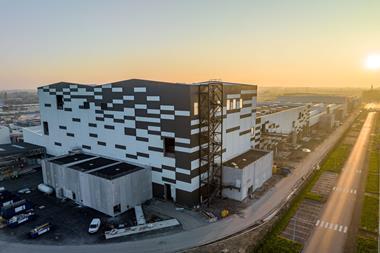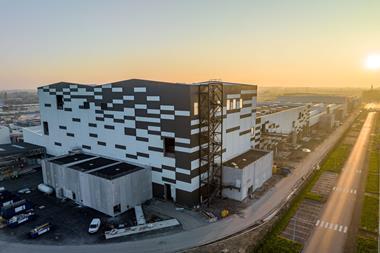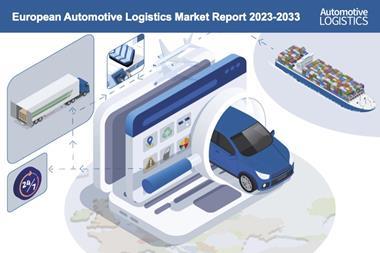Stellantis has taken a number of measures to help tackle the shortage of drivers and available capacity in North America, including dealer pick-ups from vehicle distribution centres and the use of digital technology. Nick Thompson, head of vehicle logistics – North America at Stellantis tells Automotive Logistics more.

How is the current shortage of vehicle haulage drivers in the US affecting Stellantis’ delivery of vehicles?
Nick Thompson: When contracted carriers can’t handle their volume and supplemental carriers must be brought in to assist, it is more expensive, which adds to our logistics cost. It also causes frustration for our customers when vehicles are not being delivered within the contracted timeframe. Additionally, every time a vehicle is changed from its standard routing, it requires manual intervention, wasting time and human resources.
How is Stellantis working with its main transport service providers to optimise available transport capacity?
Assuming main transport providers are the contracted providers currently being used in the Stellantis network, we have experimented with several different initiatives, some of which have been implemented permanently. One initiative was establishing a dealer pickup programme, where the dealer picks up the unit at the vehicle distribution centre, which allows the carrier to better utilise its capacity.
Another initiative currently in a pilot phase is to incentivise the driver for the delivery of sold orders, thus increasing the rate for a unit delivered within certain parameters. So, we are looking at ways to both help with the capacity issues and incentivise the drivers, so they are better compensated.

Is Stellantis looking to invest in or lease dedicated fleets and drivers? Does the company already have its own transport assets?
Yes, Stellantis has a small, dedicated fleet in Canada for finished vehicles. In addition, there have been discussions around partnering with other providers that are not using typical auto hauling equipment, or just need trailers for a current fleet of resources. Stellantis is continually looking at ways to be more efficient.
Is Stellantis looking at ways to reduce the number of miles a truck must travel to deliver loads as a means to make the job more attractive?
Stellantis is always looking for ways to be more efficient. Less miles means less emissions, less cost, better velocity, etc. A majority of the contracted carrier base is delivering to a specific dealer region or to dealers directly out of origin. The most a driver travels would be approximately 500 miles from origin, otherwise it becomes cost prohibitive. However, with the current rail car shortage in the industry, Stellantis has been forced to implement longer routes for direct trucking.
Is the company using digital technology to help mitigate the impact? For instance, advance notifications of pickups or deliveries at plants and compounds so that a driver is not wasting hours sitting around?
There will continue to be new digital applications as the pace of technological improvements accelerates. Stellantis has every intention of using data to improve efficiency and mitigate impact going forward and digitisation will be a key component.
Is the current urgency amongst carmakers in the US to get vehicles to the dealerships as quickly as possible compromising more efficient load building per transport unit and therefore wasting capacity? How is Stellantis approaching this?
There is more to load building than just velocity. If there is waste in the loads, it causes a larger carbon footprint and benefits no one. Providers are given a distribution sample and in turn, provide a standard delivery average. Some units are delivered under the average and some over. But load building is the responsibility of the carrier as it needs to align with their business structure.

























![Global[1]](https://d3n5uof8vony13.cloudfront.net/Pictures/web/a/d/s/global1_726550.svgz)













No comments yet